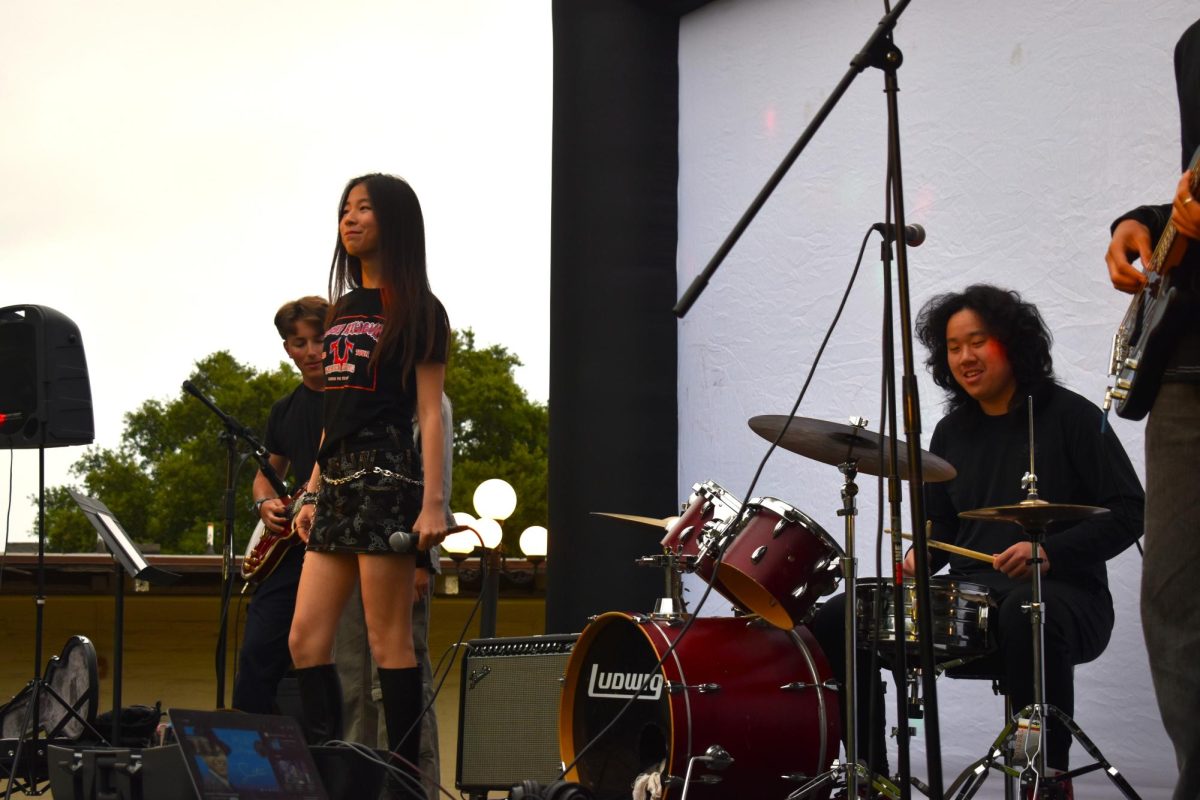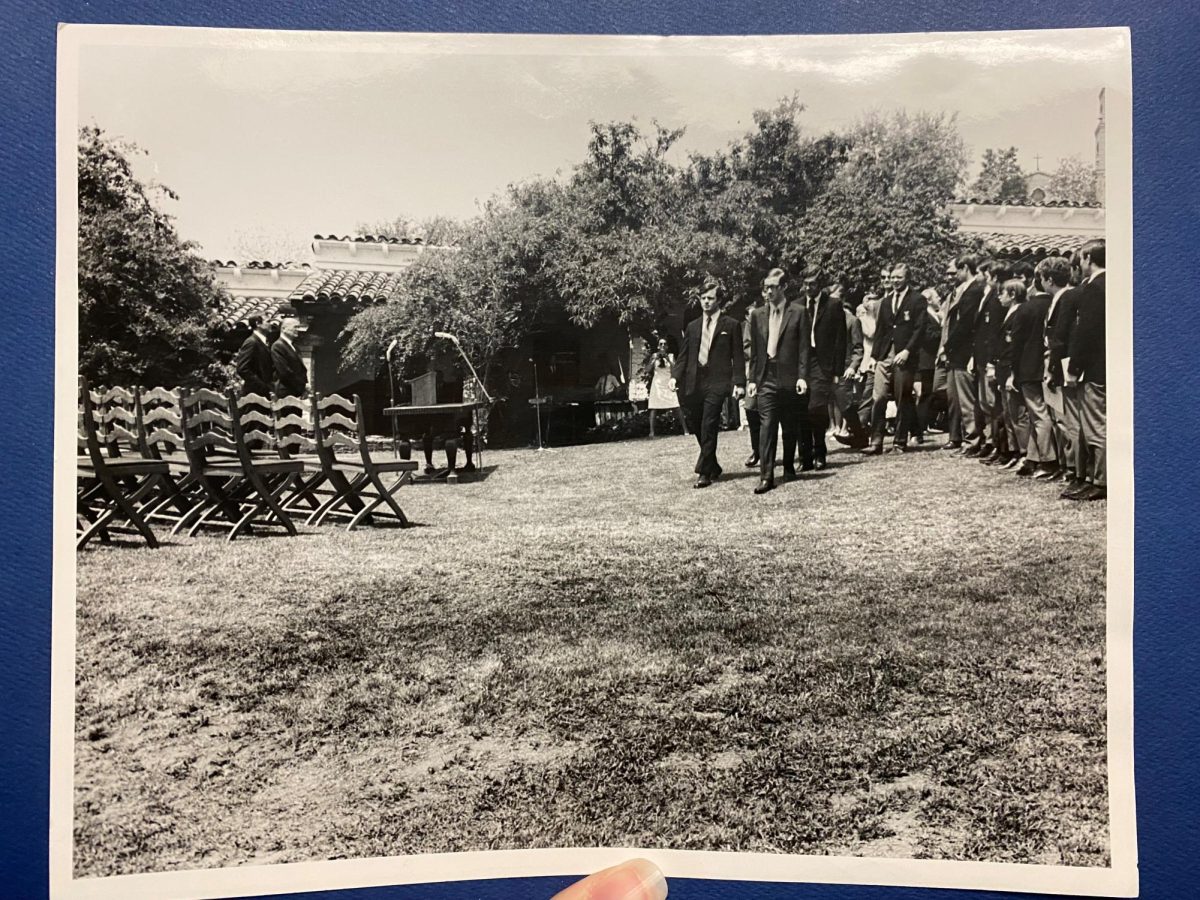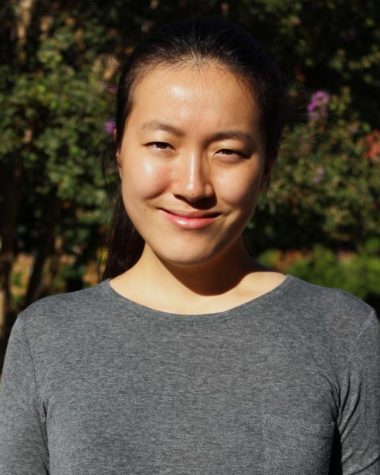“North Korea best not make any more threats to the United States. They will be met with fire and fury like the world has never seen…,” said President Trump on August 8, 2017, when North Korea successfully created a nuclear weapon that can fit on its ICBMs (intercontinental ballistic missiles.)
Since taking power, President Trump has adopted a policy of maximum pressure on North Korea. The Trump administration extensively used the China card to mandate China to cut crucial economic supplies to North Korea. At the same time, President Trump applied maximum amount of international sanctions on the regime and seriously considered a preemptive attack, known as the Bloody Nose strategy. The strategy intended to “bloody the nose” of Kim’s regime with a surgical, limited strike against one of North Korea’s nuclear reactors. The Trump administration made its intentions loud and clear, when the White House dropped Victor Cha, a staunch opponent of the Bloody Nose strategy, in the race for Ambassador to South Korea.
But, several months of rapid escalation of tensions eventually smoothed off with the PyeongChang Olympics. Athletes from North Korea joined South Korea to march under the same flag, and the women’s hockey team from two Koreas competed together. Kim Jong-un has personally demonstrated goodwill in diplomacy, as he crossed the DMZ (demilitarized zone), initiated high-level dialogues with President Moon of South Korea, and released three American prisoners on May 9, 2018.
In fact, North Korea’s recent action defies the expectation of foreign policy experts. North Korea has long depicted the United States as the enemy or the colonial evil power that thwarts North Korea’s ambition. The sudden reversal of cause from attacking the United States to planning for the Trump-Kim summit makes one dazzle.
Foreign Policy reports, “If this narrative takes hold, then Trump will become the latest example of one of foreign policy’s most persistent cliches — that hard-line hawkish leaders can do deals doves would desire but find impossible.”
President Trump’s policy against North Korea, characterized by frequent provocations, shows his hawkishness. Unexpectedly, President Trump achieved what President Obama, a dove towards North Korea, failed to achieve. Since the inauguration of President Obama, he adopted a policy of “strategic patience” against North Korea, which focuses on the incremental effects of economic sanctions. This strategy is deeply rooted in the assumption that the biggest enemy of the Kim regime is time. The regime would gradually crumble with the force of social media, technology, internet, similar to what happened initially in the Arab Spring.
President Obama, as he himself personally acknowledges, is the first two-term President, taking over an America mired in continuous warfares in Syria, Afghanistan, Iraq initially, and other places like Yemen. Despite this, his whole team on foreign policy has an unshakable conviction in optimism and justice. Ther idealism embodies the spirit from Martin Luther King’s quote, “The arc of the moral universe is long, but it bends towards justice.”
Throughout the presidency of Barack Obama, these deeply enshrined notions of justice and optimism faced seemingly insurmountable challenges. Their idealism wavered when multiple foreign policy commentators attacked Obama administration as “naive.” The criticism around Obama revolves around his relative inaction in North Korea, and overall his retrenchment of war.
Under President Obama’s policy of “strategic patience,” North Korea continued to test nuclear missiles, with 6 tests in 2013, 19 missile launches in 2014, 15 launches in 2015, and 24 tests in 2016. Brookings published an article titled “Strategic Patience Has Become Strategic Passivity” in which policy experts James E. Goodby and Donald Gross argue, “The Obama administration says that it will not return to a process which rewards North Korea for bad behavior. But the bad behavior goes on. Sanctions have not yielded results.”
President Obama’s foreign policy is not only a source of contention, but also the focus for the 2017 documentary The Final Year. Significant amount of footages and images revolve around Ambassador Power, who in her position as the Ambassador to the United Nations, faced challenges in Syria, Russia, and North Korea.
When I was watching the documentary, I situated myself in Ambassador Power’s shoes. As I followed the documentary to visit places like Laos, Nigeria, and Japan to shake hands with victims of war and terrorism, I had a different perspective. Maybe behind a foreign policy centered on national interests and numbers is a foreign policy revolving around people, concrete people who are victims of great power dynamics.
When Ambassador Power hugged a Nagasaki survivor who cried in her shoulder, when she visited Vietnam to see vestiges of its civil war, when she heard loud yellings from a frustrated Hijab-wearing mother whose daughter was taken by Boko Harem, I would ask myself as an audience member: What is the meaning of wars and conflicts? What is the US’ role in promoting wars or preventing wars?
This is a tough line to walk between optimism and realism. Surely, President Obama’s policy of “strategic patience” against North Korea will go down in history to be judged by future generations. However, instead of brushing his decision as “naive” or “immature,” we should think deeply about the nature of our global community, an international system founded to promote peace and stability and to prevent mistakes like World War II. Amid a wave of confrontations, President Obama does represent a symbol of hope and idealism in this increasingly cruel world. Maybe what a President can best be is to be the voice of idealism and optimism. A President himself is, to some sense, a symbol.
On the contrary, President Trump represented something entirely new. During the US-South Korea summit, on June 30, 2017, President Trump declared, “The era of strategic patience with the North Korean regime has failed. Many years, and it’s failed. And, frankly, that patience is over.”
President Trump’s hard-line foreign policy started off with bombardistic tweets about Kim Jong-Un. On August 11th, 2017, Trump tweeted, “Military solutions are now fully in place, locked and loaded, should North Korea act unwisely. Hopefully Kim Jong Un will find another path!” On January 2nd, 2018, Trump tweeted, “Will someone from [Kim Jong-un’s] depleted and food starved regime please inform him that I too have a Nuclear Button, but it is much bigger & more powerful one than his, and my Button works!”
Interestingly, Trump’s hard-line foreign policy eventually corresponds to North Korea’s change in foreign policy stance.
Foreign policy stances reflect changes in domestic priorities. According to Mark Bowden’s article on How to Deal with North Korea, North Korea is a country with strong national identities. Kim Jong-un is regarded as the supreme leader of the nation and thus have connections with ancestors descending from Mount Paektu. As the Dear Leader is bequeathed with the ultimate weapon to fight against external threat, Kim Jong-un is perceived to embody the ideal of kangsong tae’guk, which refers to the coexistence of a rich nation and powerful military.
To further understand North Korea’s national identities, one has to look back at Japanese colonization in Korea. Benedict Anderson, best known for his 1983 published book Imagined Communities, offers a great definition of national identities. “I propose the following definition of the nation: it is an imagined political community and imagined as both inherently limited and sovereign… Communities are to be distinguished, not by their falsity/genuineness, but by the style in which they are imagined,” writes Anderson. What he analyzes as the source of a nation is the way people imagine the community. Through these different modes of thinking about the community, national identities are born. In the case of Korea, what Koreans imagine their community constitutes Korea’s national identities.
Japanese colonization from 1876 to 1945 quashed Korea’s national identity, as Japanese colonizers suppressed North Korea’s native language, Korean-owned publications, and promoted instead Japanese religions and customs. From my conversation with Professor James McClain, an expert on history of Japan and Korea at Brown University, the most damaging aspect of Japanese occupation to Korea is the division between collaboration and resistance. Japanese colonization divided Korea into two fragments. On on hand, collaborators from Korea accepted Japanese rule and were generally well protected under Japanese colonization. They particularly embraced the modernity of Japanese occupiers at the expense of losing part of their native Korean identity. On the other hand, the Korean resistance movement thrived to establish a Korea with a firm, independent voice, and some members in the resistance camp faced imprisonment and persecution. Specifically, according to Choong Soon Kim and Sŏng-su Kim, the Korean Language Society, a group who resisted Japanese control and continued to promote research on native Korean languages, faced Japanese crackdown, as Japan labelled the group as “subversive.”
One of the most important vestiges of Japanese colonization in North Korea is the development of the Juche philosophy. The philosophy includes three key parts, namely independence in politics (chaju), self-sustenance in the economy (charip), and self-defense in national defense (chawl). Kim Il-sung, the Prime Minister of North Korea from its establishment in 1948 to 1972, endorsed the Juche philosophy. He described the philosophy as “original, brilliant and revolutionary contribution to national and international thought,” and the Juche philosophy thus becomes the official state ideology of North Korea. North Koreans should act as “masters of the revolution and construction,” and this idea of self-reliance and mastery constitute the national identity of North Korea since 1948.
It was this need for sovereignty and control that explained North Korea’s actions under the Trump administration. When President Trump pushed China to cut its coal supplies to North Korea and China complied with the demand in fear of escalating tensions, North Korea realized the fragility of its economy. Despite its possession of nuclear weapons, North Korea was far from economic independence, as its economy was still affected by great power dynamics. This loss of agency and control explained North Korea’s shift of priorities from developing its nuclear weapons at maximum speed to releasing signals in the hope of uplifting sanctions from the United States.
Skimming through media headlines in our current time, one will find headlines like, “Koreans Set the Table for a Deal that Trump Will Try to Close,” “A Trump Nobel Peace Prize? South Korea’s Leader Likes the Idea,” “Trump is in the Right Direction on North Korea.” Interestingly, the president who yells war ended up to be president who will be negotiating with Kim Jong-un directly. To some extent, this shows the ultimate paradox of foreign policy: war coexist with peace, and provocative rhetoric coexists with diplomatic negotiations.
Stephen Carter writes in his New York Times Bestselling book The Violence of Peace, “…most Western observers seem to view sanctions, in Norman’s worlds, as ‘morally preferable to war’ … The real function of the sanctions is to salve our consciences…” He also subsequently quoted Reinhold Niebuhr, “Pacifism either tempts us to make no judgments at all, or to give an undue preference to tyranny in comparison with the momentary anarchy which is necessary to overcome tyranny.”
Sanctions and patience alone are often ineffective to push a regime like North Korea to change its behavior. Even though wars are perceived to be less morally acceptable, sometimes wars are pathways towards peace. Dealing with the North Korean regime might be a process that exceeds reason in the sense that rhetorics of wars are acceptable, even productive. Clearly, regardless of President Obama’s pursuit of patience or President Trump’s hawkishness, the question of war and peace will be an persisting theme on United States’ foreign policies towards North Korea.















john | Jun 30, 2018 at 2:57 AM
thanks